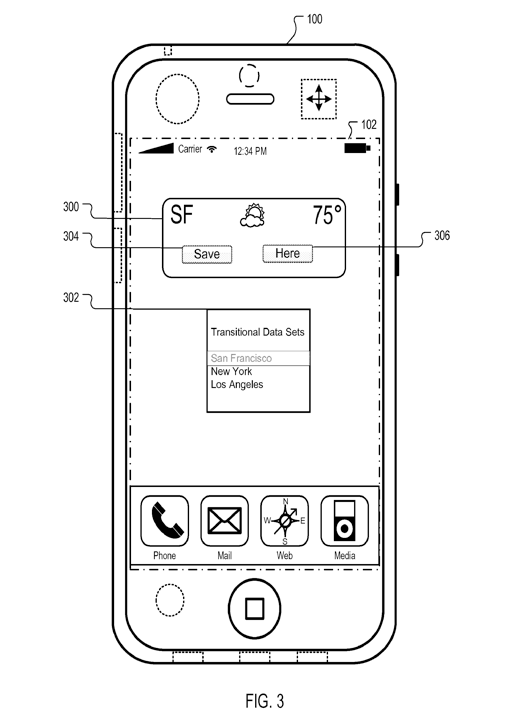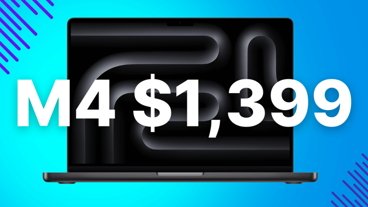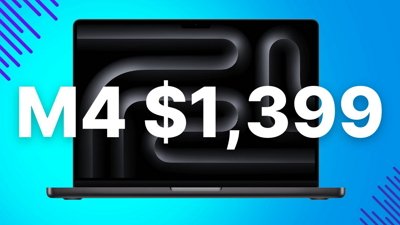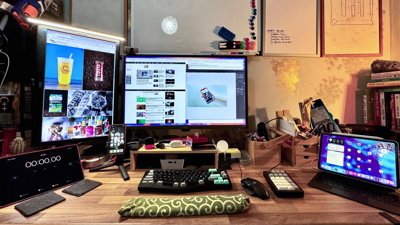Revealed by the U.S. Patent & Trademark Office this week, Apple's filing dated Feb. 21, 2008 for "Transitional Data Sets" describes an invention that would display specific applications automatically populated based on dynamic factors like location. The application notes that conventional user interfaces on mobile devices are clunky and cluttered. The new invention would aim to cut down on the number of icons by giving users what they need at a particular moment in time.
In one example, the iPhone would utilize location-aware applications, and populate the home screen with those based on the city in which the user is currently located. Included pictures show an iPhone home screen with a "San Francisco" button, which would take the user to a location-aware screen on the device.
"The user can create a set of location-aware applications that can be populated by transitional data sets," the patent filing reads. "A transitional data set is a data set that can change based on the current location of the mobile device... as determined by a positioning technology (e.g., GPS, cell tower triangulation, Wi-Fi)."
In addition, the feature could change the icons of applications to represent the current location of the phone. The patent filing describes an icon showing the Golden Gate Bridge when the phone is in San Francisco, but that icon could change to an image of the New York City skyline when the phone is in the Big Apple.
The described system would allow users to save certain transitional data sets so they would automatically activate when the location of the phone has changed.
"If the user's home is in New York, then the user may configure a "weather" widget to display the weather in New York as a default," the filing reads, "and such default information can be persistent. If the user travels to San Francisco, the user can touch the "Here" button... and the "weather" widget will automatically display the weather for San Francisco... Thus each time the user travels to San Francisco, the location-aware mobile device... can automatically populate the "weather widget with transitional data associated with San Francisco."
According to other patent filings revealed this week, Apple has also investigated:
- A speech to text feature, which would allow users to speak to a mobile device and have their words translated into text. The application states it could be used for composing e-mails, SMS messages, word processing, data entry, or instant messaging.
- A method for transferring and scaling images between devices. For example, images from a computer sent for display on a TV would be scaled to display properly on the secondary device.
- A follow-up to a patent application revealed by AppleInsider in June, in which Apple describes a wireless sensory system that aims to quantify actions or events that can currently be measured only qualitatively. These events would include the strength of a punch or what happened to a delivery package that caused its contents to break.
- An event-based contact list. This would allow an organizer of an event to create a Web site on a server that would grant participants the ability to add and retrieve information from the site, including the sharing of contact information.
 Neil Hughes
Neil Hughes








-m.jpg)






 Christine McKee
Christine McKee
 Malcolm Owen
Malcolm Owen

 Sponsored Content
Sponsored Content

 Amber Neely
Amber Neely











28 Comments
Nevermind.
Winterboard has had the weather feature since the beginning of time... -_-
Why does it take Apple so long to implement the most common sense of extremely useful features?
Winterboard has had the weather feature since the beginning of time... -_-
Why does it take Apple so long to implement the most common sense of extremely useful features?
Several reasons, I would say.
Apple wants to make sure that when they do add a feature, they do it in such a way that it integrates seamlessly with existing functionality, is discoverable by the user, and is easy to use.
Apple wants to make sure that any given feature, no matter how "common sense" it may strike some, is actually useful to many of its users. The kinds of things in vogue with the kinds of people who jail break their phones may not actually appeal to the majority of users.
Finally, Apple is militant about the above because the endless proliferation of "features" leads to exactly the kind of clutter and complexity that they built the iPhone to combat.
If all you care about are "features" and raw functionality, then it is actually not that hard to write app after app that do various cool things. Doing it in a way that integrates with the all-over user experience and is easy to implement and use is another matter entirely. Being extremely focused on the latter is what distinguishes Apple from their competition.
Is this really even an ‘invention’?
All of these patents are getting ridiculous. Just about every website knows where you are based on IP (which isn’t fool proof) and targets its ads, news, weather accordingly. It’s nothing more than knowing your audience.
So what tech/invention does Apple bring to the human race with this?
Several reasons, I would say.
Apple wants to make sure that when they do add a feature, they do it in such a way that it integrates seamlessly with existing functionality, is discoverable by the user, and is easy to use.
Apple wants to make sure that any given feature, no matter how "common sense" it may strike some, is actually useful to many of its users. The kinds of things in vogue with the kinds of people who jail break their phones may not actually appeal to the majority of users.
Finally, Apple is militant about the above because the endless proliferation of "features" leads to exactly the kind of clutter and complexity that they built the iPhone to combat.
If all you care about are "features" and raw functionality, then it is actually not that hard to write app after app that do various cool things. Doing it in a way that integrates with the all-over user experience and is easy to implement and use is another matter entirely. Being extremely focused on the latter is what distinguishes Apple from their competition.
I agree, Win Mobile is the perfect example of how a company can so botch the UI when trying to add notification features that it becomes almost unusable.
However, I was very surprised that Apple completely left out any sort of default home screen containing the ability to set a background & have some sort of overlay of most used info. That was the 1 thing I liked about my Bberry before is I had a theme that showed a summary of dates, e-mails, & weather (plus had a custom background, yes I'm petty
It'd be nice to see those things maybe become part of the unlock screen, with the option to turn them on & off of course.
Also, I really like the idea presented a while back of building a stacks feature into the bottom dock on the iphone. I think one reason Apple has the default screen be your first page of apps is just to give you quick access to more apps than just 4. Organization of apps on the iphone is simple to use, but still not the most useful.